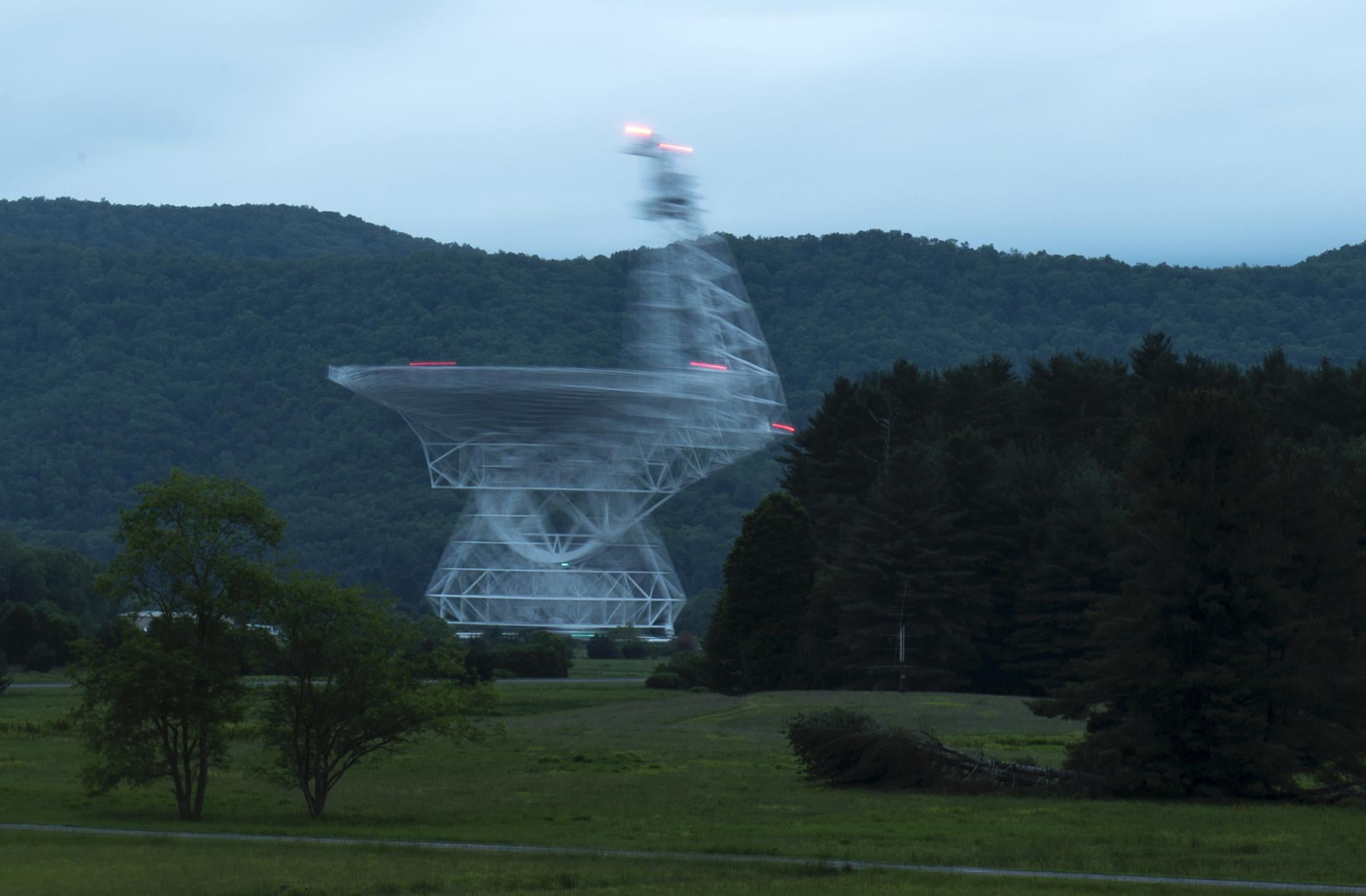Dead planets could be sending signals through space, scientists say
'Such a core might also provide a glimpse into our own distant future, and how the solar system will eventually evolve'

Dead planets could be sending signals through space that we are able to pick up on Earth, scientists say.
An unusual phenomenon means that the worlds could be able to shoot intense blasts through space, which could be tuned into by scientists here.
Scientists now hope to listen into them, in the hope of finding the cores of planets and learn more about the universe.
The researchers looked at planets that orbit stars that have destroyed them: as the sun burns away all of its fuel and sheds its outer layers, it destroys nearby objects and burns away their outer layers.
The cores that are left behind could be seen through the universe and stay around for long enough to be detected from Earth.
The technique used to observe the planet relies on a similar technique that researchers used to find the very first confirmed exoplanet. To spot that one, scientists spotted radio waves that were flung out by its star, and hope they can now see white dwarfs by watching for similar bursts of energy.
A white dwarf and its stripped planetary core can together create a circuit. It helps to amplify the signal and blast it through space, meaning that it could be picked by radio telescopes on Earth.
Scientists needed to do more work to learn how long the cores can live on after they have had their outer layer torn away, and whether they would keep broadcasting through space. They found that those cores can survive for up to a billion years, meaning that the messages could live on for long enough that spotting them from Earth could be likely.
Researchers now hope to turn observatories towards potential candidates, and spot the messages.
"There is a sweet spot for detecting these planetary cores: a core too close to the white dwarf would be destroyed by tidal forces, and a core too far away would not be detectable," said lead author Dr Dimitri Veras from the University of Warwick. "Also, if the magnetic field is too strong, it would push the core into the white dwarf, destroying it. Hence, we should only look for planets around those white dwarfs with weaker magnetic fields at a separation between about 3 solar radii and the Mercury-Sun distance.
"Nobody has ever found just the bare core of a major planet before, nor a major planet only through monitoring magnetic signatures, nor a major planet around a white dwarf. Therefore, a discovery here would represent 'firsts' in three different senses for planetary systems."
The research could help reveal the future of our solar system.
"We will use the results of this work as guidelines for designs of radio searches for planetary cores around white dwarfs," said Alexander Wolszczan from Pennsylvania State University. "Given the existing evidence for a presence of planetary debris around many of them, we think that our chances for exciting discoveries are quite good."
Dr Veras added: "A discovery would also help reveal the history of these star systems, because for a core to have reached that stage it would have been violently stripped of its atmosphere and mantle at some point and then thrown towards the white dwarf. Such a core might also provide a glimpse into our own distant future, and how the solar system will eventually evolve."
Join our commenting forum
Join thought-provoking conversations, follow other Independent readers and see their replies
Comments